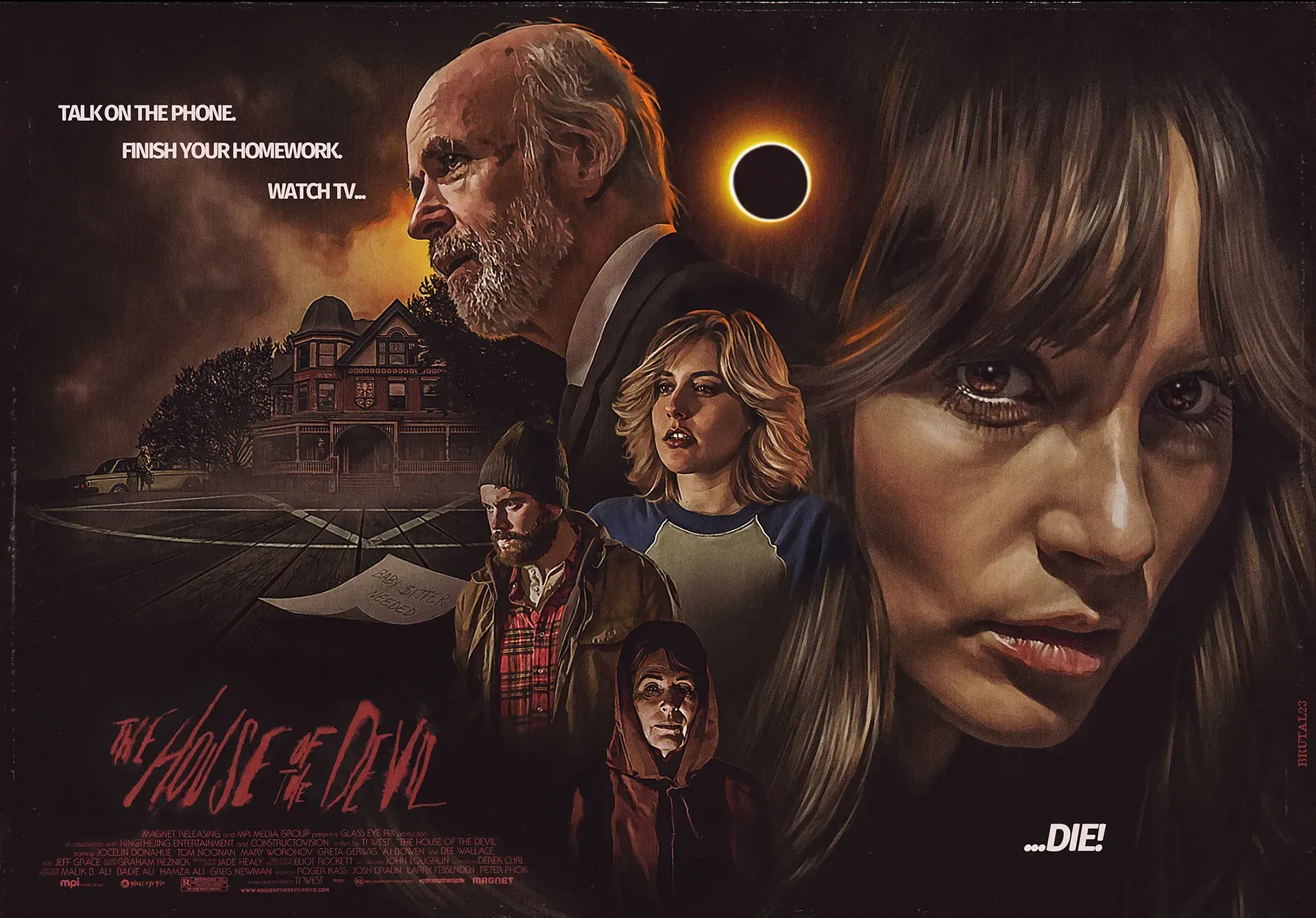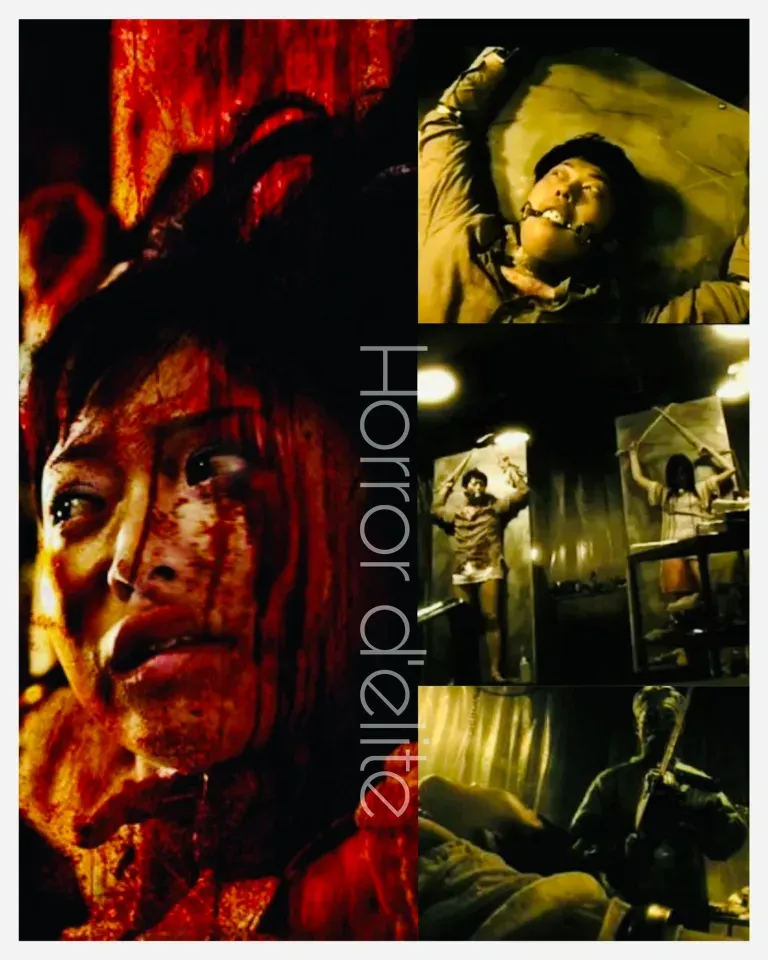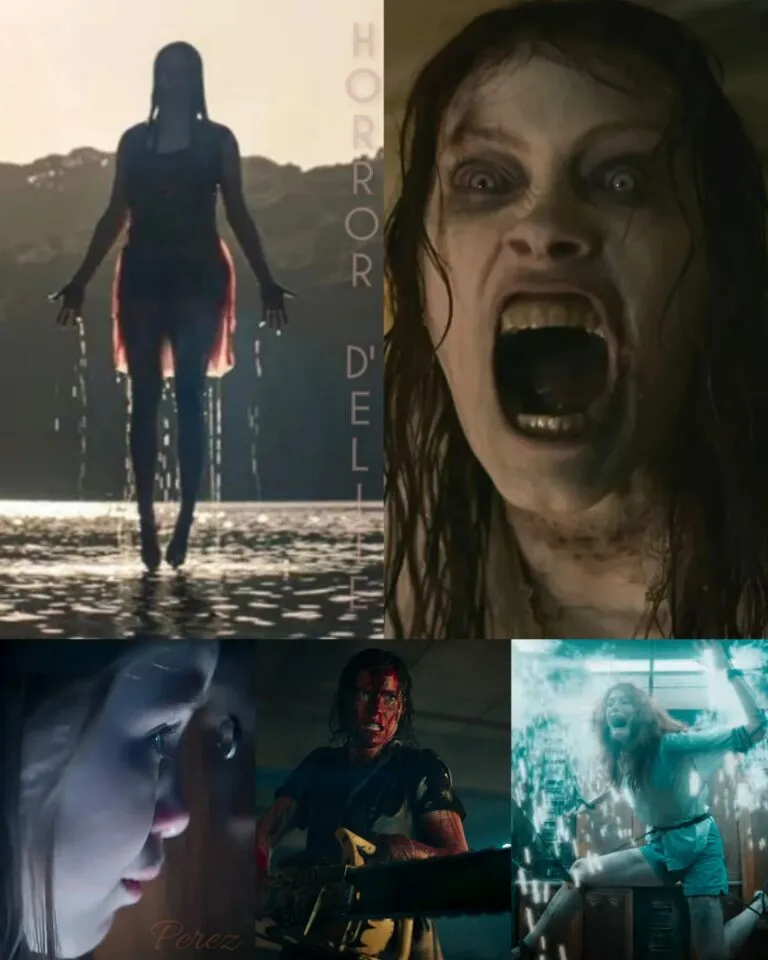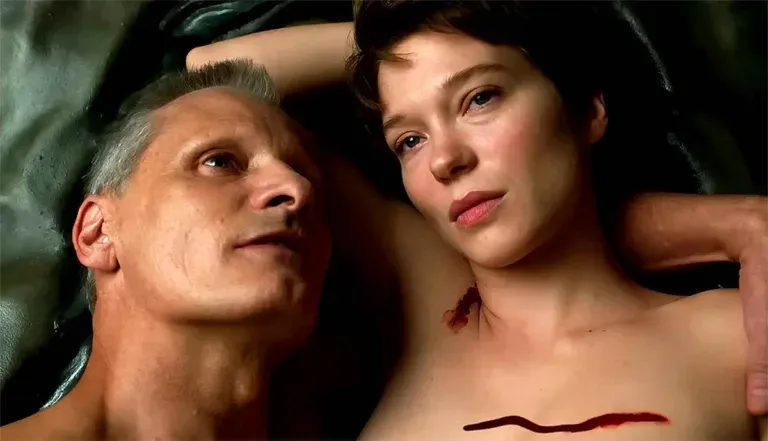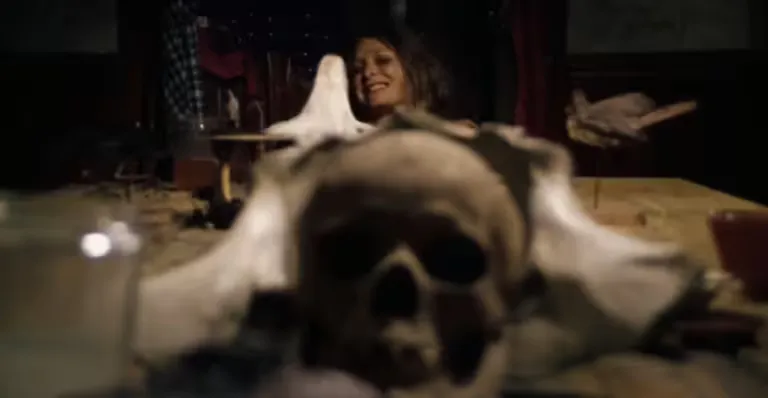The House of the Devil
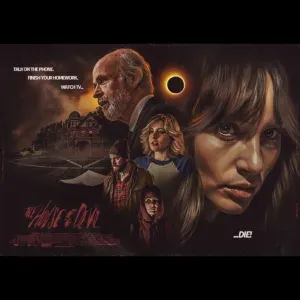
A college student, Samantha Hughes, accepts a strange babysitting job that coincides with a mysterious lunar eclipse. Slowly, she realizes that her clients are hiding a terrible secret…
About thirteen years ago, a colleague and I decided that Ti West would become a household name. After watching “The Innkeepers,” we knew that this guy, who had shown some shaky beginnings (The Roost, Cabin Fever 2), had the spark and spirit. Whether it was his affectionate tributes in his works or his not-so-obvious ability to move the camera and cut scenes with a certain finesse, Ti West would become known to the general public, and so it was. The trilogy of American nightmares in “X,” created by our man, had the challenging task of shining and being profitable in the post-COVID world, where even the mighty Spider-Man movies and the Furious post-apocalyptic sagas, with their enormous budgets, had to return home poorer than ever (as I write this, MaXXXine has not yet hit theaters, but it seems obvious that the film is destined to surpass “Pearl,” if not “X – a sexy horror story”).
However, “The House of the Devil” had been left out of our local market, and fortunately, Midnight Factory came to the aid of us poor fans betrayed by the industry (increasingly lacking in physical copies!).
I had read mixed reviews about this little and vain wonder; horror film fans seem to be losing their touch. For them, it must all be polished blood (if they are old and senile) or all jumpscares (if they are young and uneducated). Digital and not analog, following the latest Wan school. But this, fortunately, is not West’s direction. Evidently, he loved the glory of ’70s/’80s horror cinema at a fandom level. Yes, Ti is the last of MY generation, Generation X, thanks to which you still have Lynch, Burton, Cronenberg, and Carpenter (to name a few) active today. Although Timon’s film presents itself disguised as ’80s cinema, the American director reserves some unexpected surprises for us, starting with the cast.
Interestingly, there is Greta Gerwig, whom I greatly appreciated in “Lady Bird” and “Frances Ha” (but equally despised in Barbie), and then a perfect Jocelin Donahue, who many have compared to Curtis/Strode but in this film reminds much more of Jess Bradford, fantastically played by Olivia Hussey in the unbeatable 1974 slasher classic “Black Christmas.”

The period reconstruction is excellent, almost manic: costumes, hairstyles, music. Shot on 16mm film, using techniques popular in the cinema of those years, such as zooming in on characters, freeze-frame titles, and the persistence of the final shot. The graininess of the film was well captured and evidently sought after. This attention to visual and sound details certainly shows West’s dedication to recreating an authentic piece of vintage cinema, making “The House of the Devil” an immersive and nostalgic experience for genre lovers. The presence of Dee Wallace in the opening, styled as if she just walked off the set of “Cujo,” only reinforces this perception. This work is a “controlled” product by a director with clear ideas, and it’s evident that the experience served for the development of his future trilogy.

Donahue immerses herself in the role of Samantha Hughes with a naturalness that evokes the scream queens of classic genre films, and the plot, seemingly simple, develops with increasing tension. This tension is made even more palpable by West’s decision to avoid excessive use of digital special effects. Instead, the director relies on old-school suspense techniques, building an eerie atmosphere through the skillful use of camera and editing, and enlisting an old and creepy lion like Tom Noonan.

The film also stands out for its ability to balance moments of calm with bursts of terror. West does not rely on easy scares but builds fear slowly, allowing tension to grow until it reaches a chilling climax. This approach clearly shows our respect for the masters of horror, and it’s evident that the film’s directorial inspiration comes from Hitchcock and Polanski, particularly from Psycho (well evoked when Noonan climbs the stairs to speak with the mother) and Rosemary’s Baby.
In conclusion, “The House of the Devil” is a refined and well-executed tribute to ’70s and ’80s horror cinema. Ti West proves to be a director with a clear vision and a deep understanding of the genre, capable of creating a film that not only respects the classics but also manages to surprise. This film represented an important step in Timon’s career and is a work that deserves to be seen and appreciated by all enthusiasts.

